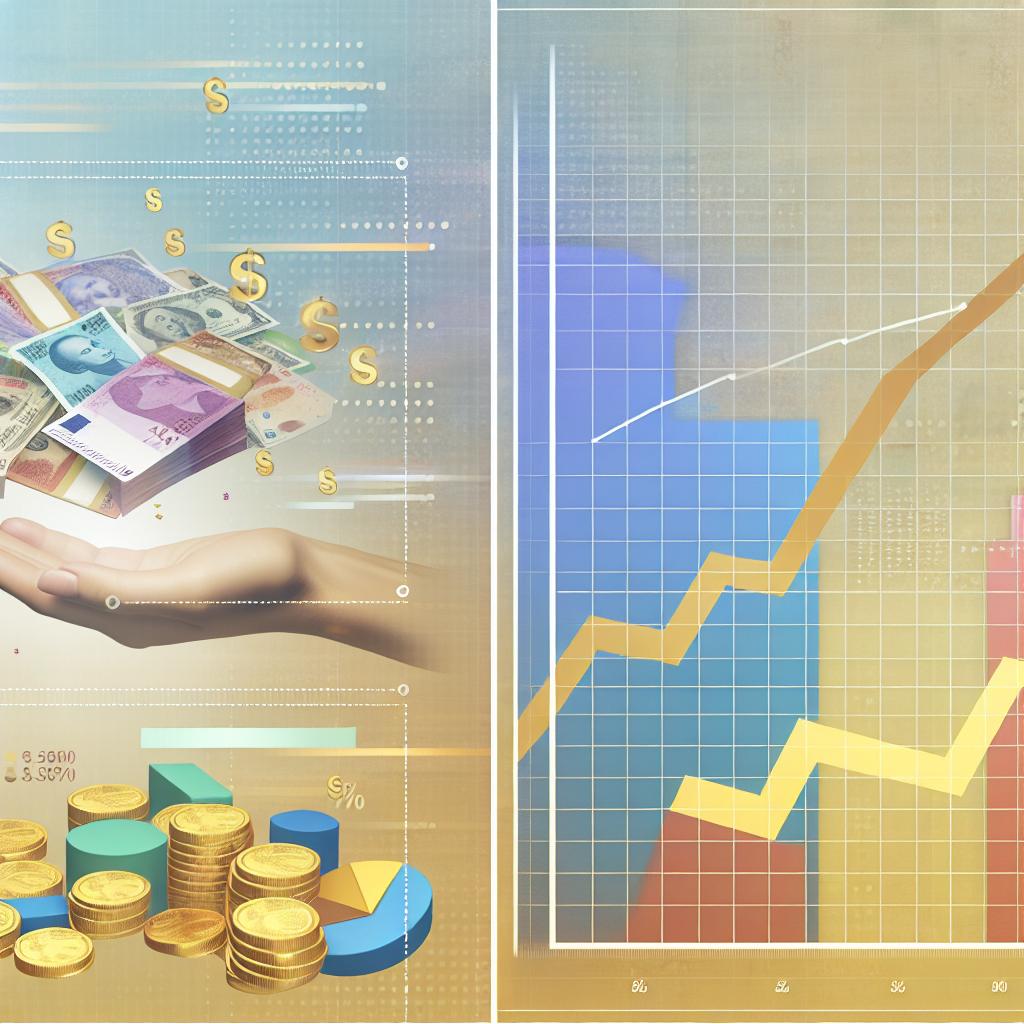What is Purchasing Power and How Does It Change?
- Written by: admin
- Category: Uncategorized
- Published: July 13, 2025

Understanding Purchasing Power
Purchasing power is a fundamental concept in economics that refers to the value of a currency expressed in terms of the quantity of goods or services that a single unit of money can purchase. This concept is essential for both individual economic decision-making and broader national economic planning. When analyzing purchasing power, understanding its dynamics can help in evaluating economic health and inform strategies for economic development.
In simple terms, purchasing power signifies how much you can buy with a specific amount of money. If an individual has high purchasing power, it means that with a fixed income or amount, they can afford more goods and services. On the other hand, when purchasing power decreases, each unit of currency buys fewer goods and services than before.
Factors Affecting Purchasing Power
Numerous factors can influence purchasing power. Recognizing these allows consumers, businesses, and policymakers to make sound economic decisions to maintain or enhance purchasing power over time.
Inflation
Inflation is perhaps the most critical factor affecting purchasing power. Inflation occurs when there is a general increase in the price level of goods and services in an economy over a period. With inflation, the real value of money decreases, meaning that each monetary unit buys fewer goods and services. For example, with an annual inflation rate of 3%, an item costing $100 today will likely cost $103 next year if prices rise in line with inflation. Therefore, without corresponding income increases, inflation erodes purchasing power over time.
Exchange Rates
Exchange rates play a crucial role, especially for consumers and businesses engaged in international trade. Exchange rates determine the value of one currency relative to another. A stronger domestic currency makes imported goods cheaper, effectively increasing purchasing power. Conversely, a weak currency purchasing foreign goods will buy less, thus reducing purchasing power. Exchange rate fluctuations can therefore have a significant impact on import prices and the cost of living.
Wage Levels
Wages are another pivotal factor in determining purchasing power. If wages grow at a rate that exceeds the inflation rate, individuals effectively have more purchasing power. Conversely, if wage growth lags behind inflation, consumers experience a decrease in purchasing power. Therefore, examining trends in wage levels relative to inflation provides insight into changes in real purchasing power.
Measuring Changes in Purchasing Power
To assess changes in purchasing power, economists and analysts use specific indices that track variations in price levels and cost structures over time.
Consumer Price Index (CPI)
The Consumer Price Index (CPI) is a widely recognized measure of price level changes and is frequently used to gauge inflation rates. The CPI reflects the average change over time in prices paid by urban consumers for a market basket of goods and services. By tracking the CPI, analysts can infer about shifts in purchasing power as it represents changes in the prices of essential items such as food, housing, and transportation.
Cost of Living Index
The Cost of Living Index provides a broader understanding of purchasing power by comparing the cost of maintaining a certain standard of living in different regions. It considers various factors, such as housing expenses, tax levels, and food costs, giving a more comprehensive view of purchasing power differences across locations. This index helps to account for regional disparities in living costs, which can significantly affect purchasing power.
Implications of Changing Purchasing Power
Fluctuations in purchasing power hold significant implications not just for consumers, but also for businesses and policymakers.
For Consumers
Individual consumers are immediately impacted by changes in purchasing power. A decrease implies that consumers must stretch their dollars further, potentially leading to adjustments in spending patterns. They may need to reduce discretionary spending, save less, or even resort to using their savings to maintain current living standards. Conversely, an increase in purchasing power allows for greater spending flexibility.
For Businesses
Businesses are directly affected by consumers’ purchasing power as it influences demand for their products and services. In response to a shift in purchasing power, companies might alter their pricing strategies, seek cost-effective inputs, or adjust product offerings to better align with consumer abilities and preferences. Firms must remain agile to sustain profitability in light of changing economic realities.
For Policymakers
Government policymakers play a critical role in managing and stabilizing purchasing power through monetary and fiscal policies. Actions such as modifying interest rates, adjusting taxation levels, or implementing subsidies can mitigate adverse effects on purchasing power. Such interventions are aimed at fostering an economically stable environment where purchasing power supports the overall economic welfare of citizens.
In conclusion, purchasing power serves as a vital economic indicator that is shaped by various dynamic factors like inflation, exchange rates, and wage levels. Understanding its intricacies is key to making strategic financial decisions for individuals and enables policymakers to enact initiatives to achieve economic stability and growth. By striving to preserve or increase purchasing power, stakeholders can contribute positively to the economic prosperity of society. Recognizing these dynamics is essential for all who want to navigate the economic landscape effectively.
This article was last updated on: July 13, 2025

